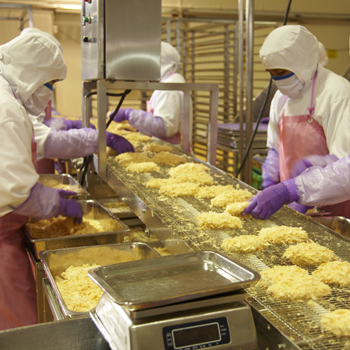พลังงานทดแทนและพลังงานทางเลือก
โดย: กรมพัฒนาพลังงานทดแทนและอนุรักษ์พลังงาน
กระทรวงพลังงาน
Department of Renewable Energy Development and Energy Efficiency
Ministry of Energy
กระทรวงพลังงานได้วางกรอบแผนบูรณาการพลังงานแห่งชาติ ที่ให้ความสำคัญใน 3 ด้าน ประกอบด้วย ด้านความมั่นคงทางพลังงาน ด้านเศรษฐกิจ และด้านสิ่งแวดล้อม โดยในแผนบูรณาการพลังงานแห่งชาติ กระทรวงพลังงานได้ทบทวนการจัดทำแผนพลังงาน 5 แผนหลักในช่วงปี พ.ศ.2558-2579 ที่สอดคล้องกับรอบของการจัดทำแผนพัฒนาเศรษฐกิจและสังคมแห่งชาติ ซึ่งหนึ่งในแผนพลังงาน 5 แผนหลัก คือ แผนพัฒนาพลังงานทดแทนและพลังงานทางเลือก (Alternative Energy Development Plan; AEDP2015)
การพัฒนาพลังงานทดแทนในประเทศไทยเพิ่มขึ้นอย่างต่อเนื่อง เป็นผลมาจากนโยบายส่งเสริมการผลิตการใช้พลังงานทดแทน โดยการใช้งานจะอยู่ในรูปของพลังงานไฟฟ้า พลังงานความร้อน และเชื้อเพลิงชีวภาพ ในปี 2557 ประเทศไทยมีการใช้พลังงานทดแทนทั้งสิ้น 9,025 พันตันเทียบเท่าน้ำมันดิบ (ktoe) เพิ่มขึ้นจากปีก่อนร้อยละ 9.6 หรือคิดเป็นร้อยละ 11.9 ของการใช้พลังงานขั้นสุดท้าย โดยการใช้พลังงานทดแทนจะอยู่ในรูปของพลังงานความร้อนมากที่สุด คิดเป็นสัดส่วนมากกว่าร้อยละ 60 ของการใช้พลังงานทดแทนทั้งหมด รองลงมา ได้แก่ เชื้อเพลิงชีวภาพ และไฟฟ้า โดยในปี 2557 การใช้พลังงานความร้อน คิดเป็นร้อยละ 64 เชื้อเพลิงชีวภาพ และไฟฟ้า คิดเป็นร้อยละ 19.7 และ 16.3 ตามลำดับ
Ministry of Energy has developed the Thailand Integrated Energy Blueprint (TIEB) with focus on energy security, economy and ecology. In the TIEB, Ministry of Energy has reviewed five energy master plans during the year 2015-2036 in consistent with the national economic and social development plan. One of the five master plans is the Alternative Energy development Plan (AEDP2015).
The development of renewable energy in Thailand increased steadily. It was a result of the government promotion policy. Productions of renewable energy are in the form of electricity, heat and biofuels. In 2014, the total renewable energy consumption was at 9,025 thousand tons of oil equivalent (ktoe), up 9.6% from the previous year. It shares at 11.9% of final energy consumption. The renewable energy is highly consumed in the form of heat. It is about 60% of the total renewable energy consumption, followed by biofuels and electricity. In 2014, the utilization of renewable energy in the form of heat, biofuel and electricity are 64%, 19.7%, and 16.3% of total renewable energy consumption, respectively.









